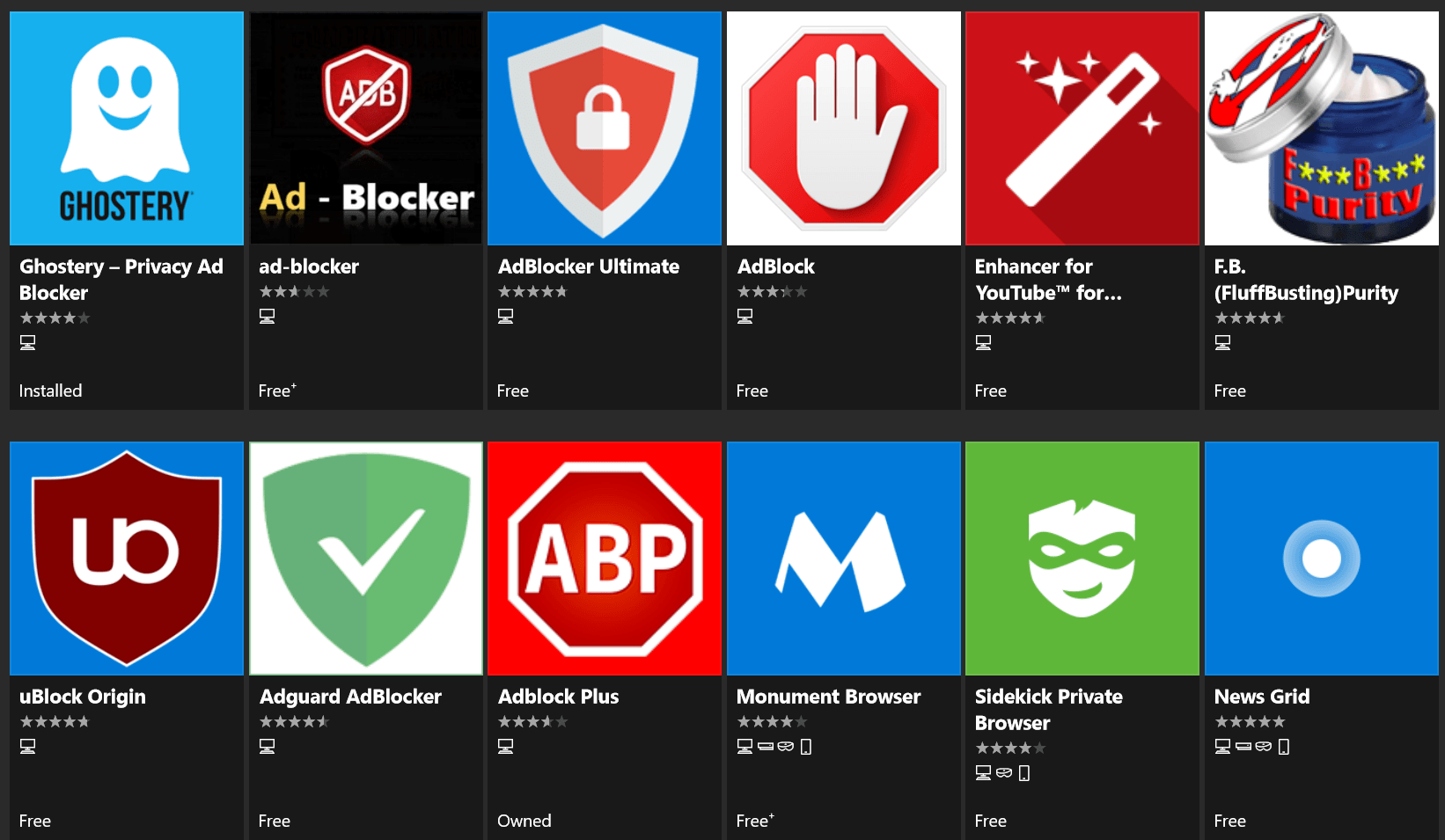64. Growing Detachment from Digital Intrusive Advertisements
 |
| Source: love2Dev.com |
The
digital behavior of people is changing at a rapid rate. People are protecting
their privacy on the internet than ever before. Today, people want to enjoy
their content without any interruptions. Digital users are paying to have no
ads. An example of this is the Saavn music application, which has subscription
that enables users to enjoy their content without advertisements.
Most of the intrusive ads are irrelevant to the users,
even if they may or may not be a part of a brand’s target audience. Usually, these
ads are dreadful in terms of quality, and are often click –baits in most
instances. We all know of intrusive ads that are heavy on data usage, that take
over the screen with auto-play videos. Sometimes, these ads are also
characterized by flashy headlines to draw a user’s attention.
Here, enters the Ad Blockers, which seems like a gift
from the gods. Today, Ad blockers across all platforms are overwhelmingly
popular. Numerous third-party apps block intrusive ads aimed at a better user
experience. Users can also see the number of times they have dodged intrusive
ads. According to Global
Ad Blocking behavior 2019,
around 30% of all internet users now use ad blockers.
Hence, in a way, we see the growing detachment from
intrusive advertisements. It is high time that brands realize that user
experience on digital platforms should be considered a high priority. However
here is the problem. Big companies depend on ad revenues. Thus, we see a rise
in these intrusive advertisements at the same time.
Here lies the opportunity for brands to use earned
media, which brings in credibility for the brand. At this instance, I would
like to pause and quote Al Ries and Laura Ries (The Fall of Advertising and the
Rise of PR), “Advertising is the wind, and Public relations is the sun.”
Comments
Post a Comment